As a psychological horror-thriller, Mariama Diallo’s indie masterpiece ‘Master’ does not do much to resolve the conflict in its middle. However, following the outcome, the film leaves a trail of thought in the mind of the engrossed viewer. In her vehicle performance, Regina Hall puts on the robe of Gail Bishop, the first African American housemaster in the prestigious Ancaster University. In the same year, college freshman Jasmine Moore finds her room in the ill-fated room 302 in the Belleville House. Jasmine cannot help but investigate the historic Witch trial in the college premises, as it connects to her dorm room. Desperate voices amplify a horrific truth underneath the “inclusive” attire in the middle of all the conflicting signifiers. If you seek to hold the film’s final moments under a magnifying glass, let us be of help. SPOILERS AHEAD.
Master Plot Synopsis
The story, told from the perspective of college freshman Jasmine Moore, unfolds in six chapters, “Can Someone Clean That Up Please?,” “I Hate You,” “That’s What’s Coming,” “Now, More than Ever,” “It’s Everywhere,” and “I’m Not Going Anywhere.” Jasmine finds a student volunteer to show her the allotted room, and the volunteer, excited, shows her friends that Jasmine got the “room.” The story reveals that the room refers to room 302 of Belleville House, where a girl took her own life falling out of the window.
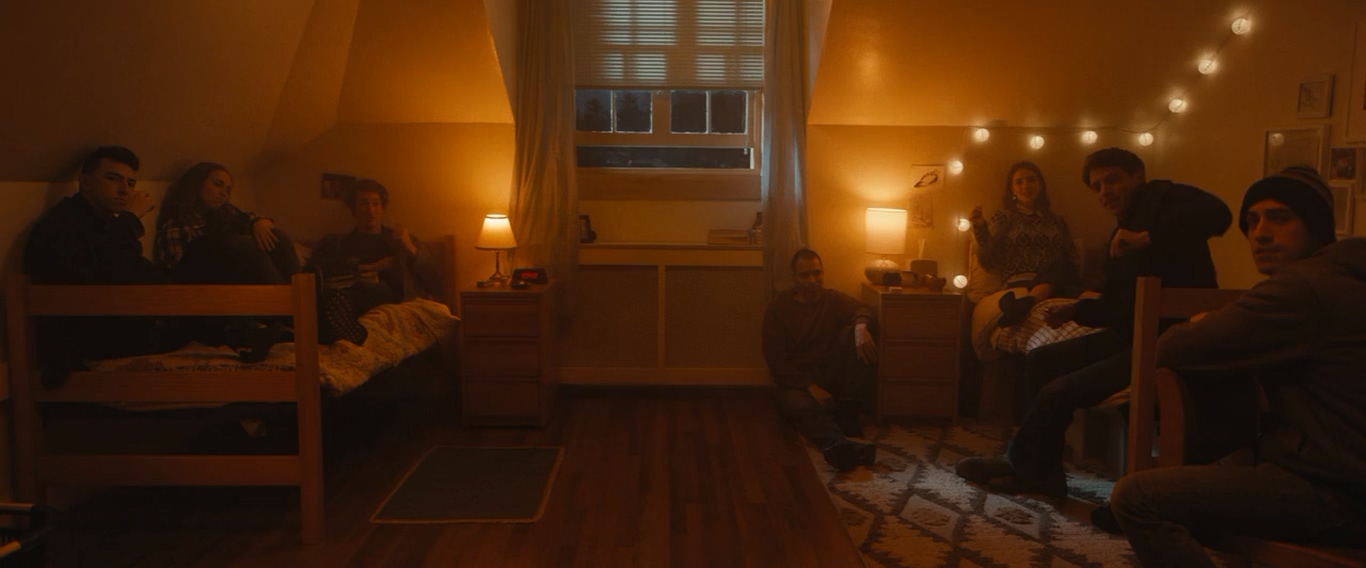
There are all sorts of rumors around the house, and we get to know more as new House Master Gail Bishop addresses the students. While she cannot confirm the stories of Roosevelt getting rejected from the university, she knows for sure that a witch trial took place there involving a woman named Margaret Millet. Jasmine gradually gets to know her roommate Amelia, Cressida, Katie, Libby, and the lot. While Gail faces a snarky remark about her being Barack from colleague Brian and his wife, Jasmine enters her room to find it full of strangers. Amelia introduces her to the gang, with storyteller Tyler as the leader.
Tyler spooks Jasmine out with a story involving his batchmate Treasure, who jumped out of the window at 3:33 at night, but the story has some truth. Meanwhile, in an old photo, Gail discovers an African American maid who looks uncannily similar to the dining worker who is mistrustful towards Jasmine. Also hostile is the librarian, who double-checks Jasmine’s bag since she is a crudely visible minority in an institution whose nascent racial inclusivity forum, ‘The Ancaster Alliance for an Inclusive Future,’ has only eight members. Increasingly alienated and paranoid, Jasmine progresses towards fulfilling the omen, while Gail gasps for justice in a worm-infested system.
Master Ending: Is Jasmine Dead or Alive?
While Treasure is a make-belief name, Jasmine realizes that there may be some truth in Tyler’s story. As it happens, a death indeed occurred in the room. According to rumors, Margaret Millet’s ghost still roams the corners of the Belleville House, claiming one student each year. Although Tyler exaggerated a bit, his hyperbole conceals a denial of the undercurrents of racial injustice in the university. Probing into the school records, Jasmine digs out the name of Louisa Weeks. A resident of Belleville, room 302, during the 1968-69 session, Louisa was found hanging in her room.
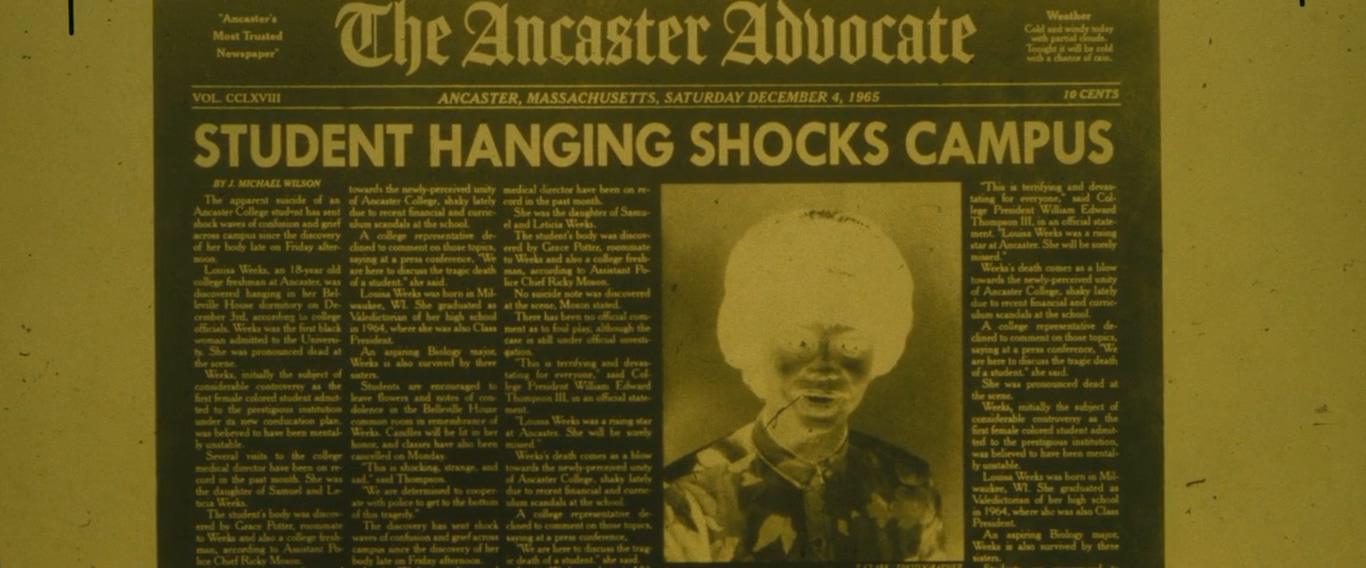
When Amelia sees Jasmine kissing Tyler, the story turns for the worse. Although they do not divulge much about the brawl to their housemaster, they stop talking to each other. Gal later discovers Amelia one night in bad shape while the perpetrator runs away. Amelia confesses her hatred of Jasmine to Gail, who visits the room to find Jasmine’s face blacked out from the photo on the door. Meanwhile, Jasmine has the keys (who is in the archive room), which causes Amelia to wander out. Shortly after, Amelia leaves the campus forever, while Jasmine pretty much becomes ostracized in the campus.
Her elaborate nightmares take a toll for the worse, and she mixes up fiction and reality. The dreams become lucid and freeform, often extending into her waking life. One night, Gail finds the words “LEAVE” carved into the door of room 302. There are several forces at struggle here. Even the canteen worker is astonished to see Jasmine at the other side of the counter. However, Jasmine stumbles upon the diary of Louisa, who, you may have guessed, also faced difficulties due to sheer colorism. She also went down a similar rabbit hole as her migraines worsened. The last entry on Louisa’s diary is “Margaret” – written with difficulty. Somebody even burns a cross on the house’s front yard to frighten Jasmine.
With the events unfolding, Jasmine sees a hooded specter, possibly Liv’s mother, Esther. Jasmine connects the dots and thinks of her to be Margaret. Jasmine rushes to her room and locks the door, only to find somebody knocking (which can be wind). While out on the roof, her foot slips at 3:33, but Jasmine survives the fall. However, later, Gail finds Jasmine in the room, hanging from the ceiling. It can be Jasmine’s classmates and fellow boarders’ doing since Gail hears an uproar from Jasmine’s house shortly before. Jasmine dies while her absent presence haunts the falling cadence of the story.
Is Liv Black or White? Does Liv Leave The College?
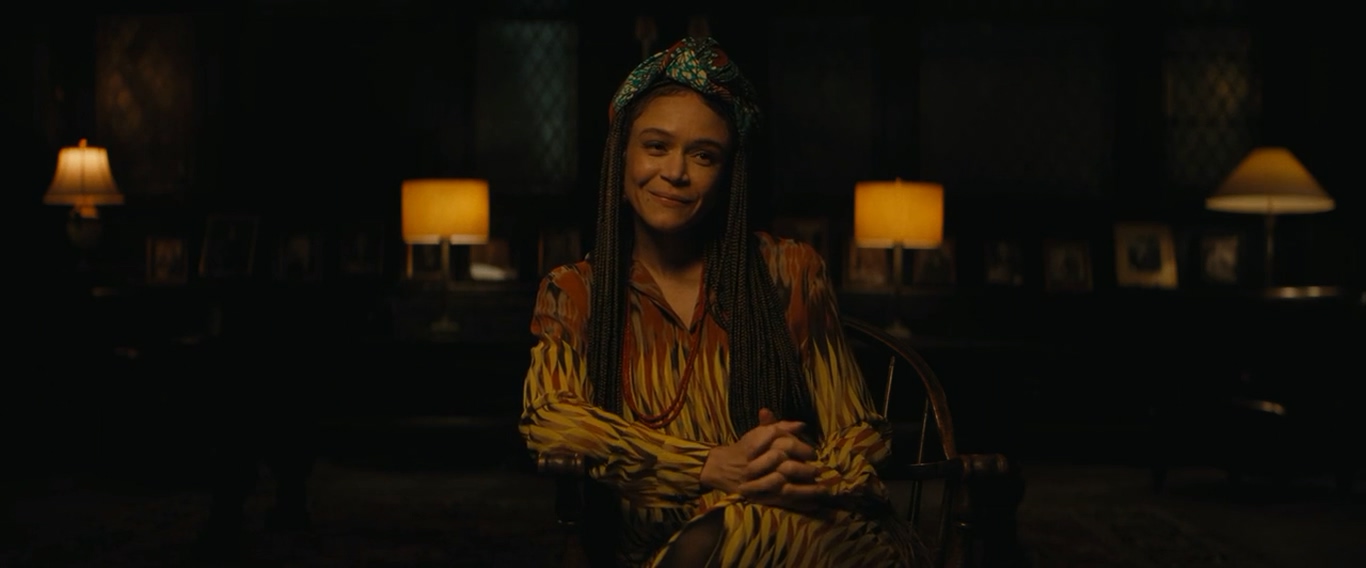
Professor Liv Beckman is a literature faculty professor of mixed racial descent. We can identify her casual way of teaching and communicating with students and her innovative ideas. In the beginning, Jasmine is at an impasse with Liv regarding her paper on a critical race analysis of ‘The Scarlett Letter,’ on which Live ranks her at an ‘F.’ Jasmine has written with passion. However, Liv finds little merit or substance in the essay. On the other hand, Cressida, who has written about stuff like the color red, Indians, and the French-Indian War, the volatile foundations of imperialism, etcetera, has obtained a rank ‘B+.’ Jasmine takes the issue to Gail and thinks of filing a dispute.
The dispute leads to whispers among the faculty, who think of another evaluation of Liv since they feel that she is lacking in publications. On the other hand, Liv’s attempts at a “girl’s night” with Gail go astray. However, they both know how people of colored races are underrepresented in the faculty, as they see the prevalence of racial prejudices. Therefore, Gail conforms to Liv that she would not know what would happen if Liv left the university. While facing the evaluation committee, Liv raises the issue of Jasmine’s alienation in the classroom.
In the meantime, the arrival of Esther, Liv’s mother, on the scene causes another problem. Esther thinks Liv is white, and some godforsaken evil force changed her color. We have also seen the portrait on the library wall that passes off Margaret as white. Therefore, it is not surprising that Esther would pass off Elizabeth (Liv) as white. Liv was born out of an interracial relationship, as Liv assures an inquisitive Gail. After bursting out with her impassioned speech, Gail makes amends with Liv. Ancaster was also the only college where Liv got a chance, and she did not want to leave her home. Therefore, in the end, Liv stays at the campus, as does Gail.
Who Are The People on the Photos at the End?
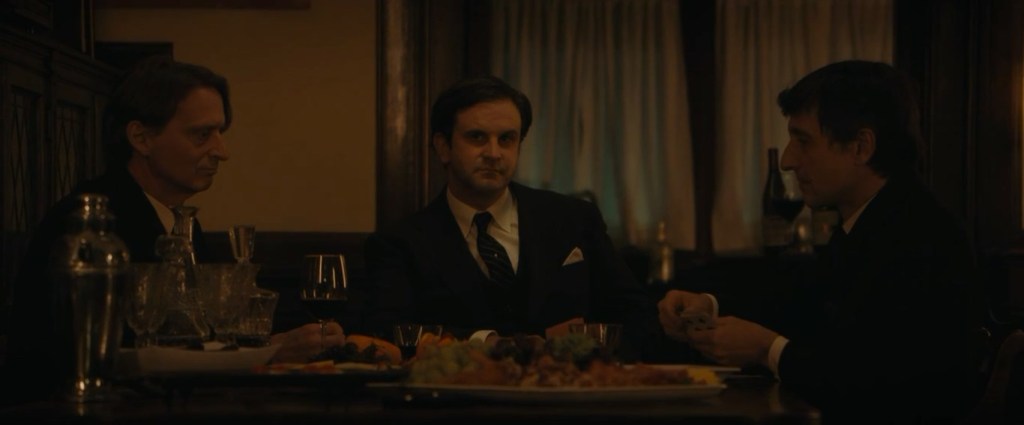
In the finale, the faculty gathers at the hall, and Gail has an emotional outburst. Faculty members are more bothered to evaluate Liv than investigate the death of Jasmine. They come off as privileged white, to most of whom Gail’s concern is just a “her problem.” Therefore, Gail reaches the epiphany that everything stays the same. History acts out in front of her eyes when she sees people re-enacting situations from photos on the room wall.
For example, Gail sees three people playing cards at a table, akin to the picture on the left side of the table. It can be that these esteemed administration people are the second or third-generation offspring of the people in the framed photos. The suggestion is that with the same families running the institution, the maid may have become master, but the racial undercurrents still permeate the structure. It has not changed in the least, and Gail’s assertion is further pessimistic – “and it’s never gonna change.”
Read More: Best Racism Movies on Netflix

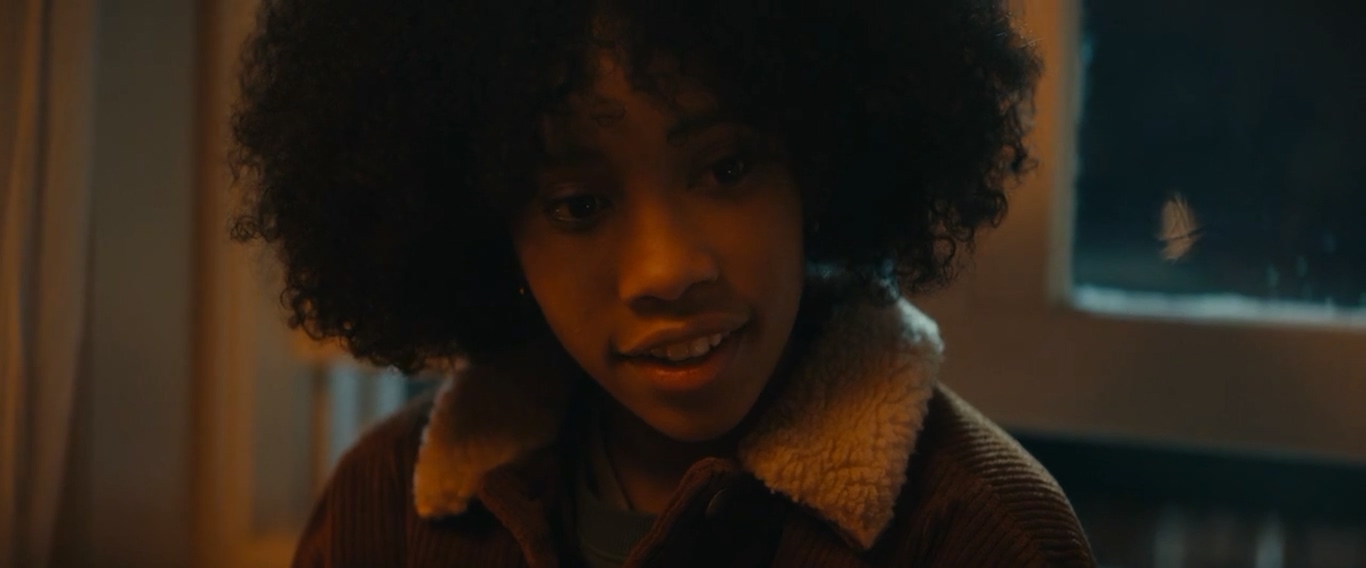
You must be logged in to post a comment.